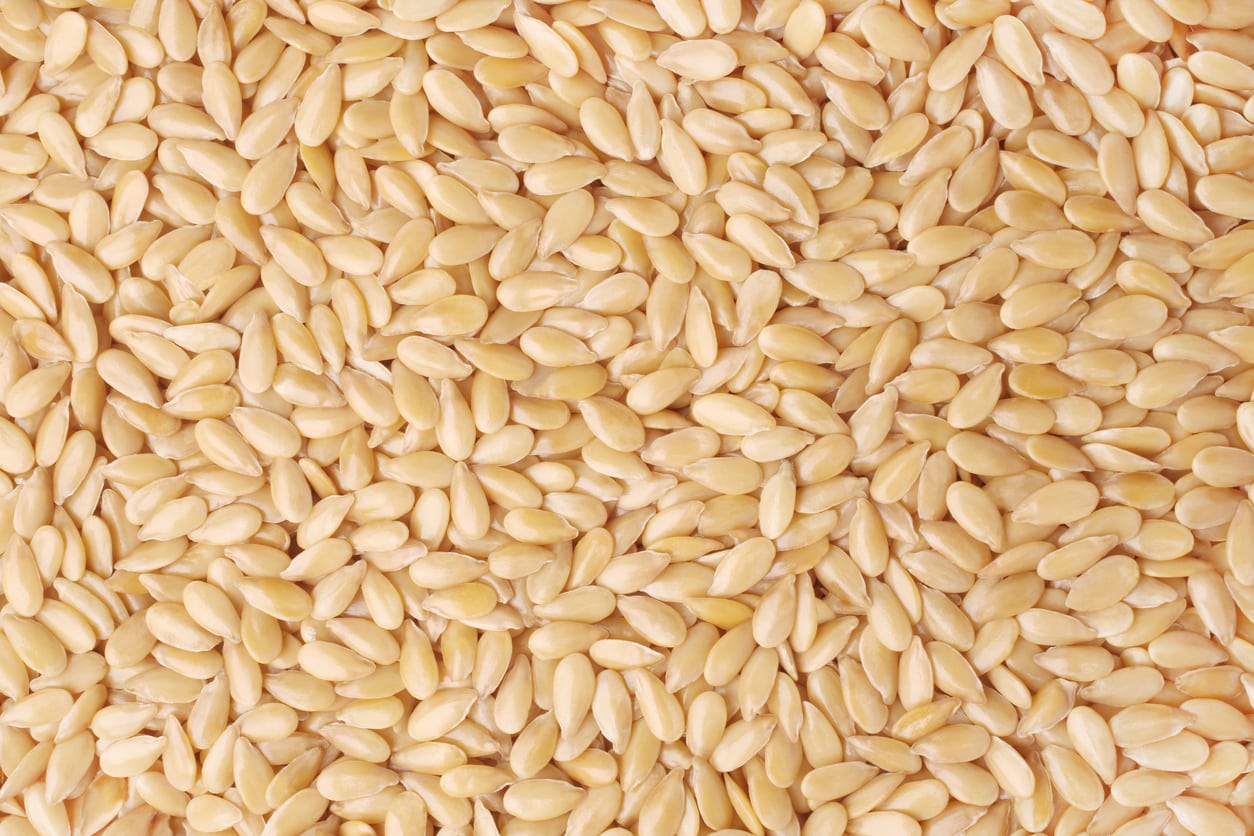Sesame Seed Propagation: Learn When To Plant Sesame Seeds


Sesame seeds are tasty and a kitchen staple. They can be toasted to add nuttiness to dishes or made into nutritious oil and a delicious paste called tahini. If you love growing your own food, consider growing sesame from seed for a new and rewarding challenge.
About Sesame Seed Propagation
The sesame plant (Sesamum indicum) is grown for its seeds. Commercial sesame production is largely for producing oil from the seeds. It is used in a variety of products, including soaps and pharmaceuticals. For the home gardener, this can be a fun plant to grow for the seeds and cooking. You can grow sesame seeds easily too, as long as you have the right climate for it. Sesame plants thrive in hot, dry weather. It is not hardy at all and will slow its growth or even stop growing at temperatures below 68 and 50 degrees F. (20-10 C.). Sesame is extremely drought tolerant, but still needs water and will produce more seeds if irrigated.
How to Plant Sesame Seeds
Start sowing sesame seeds indoors, as they don’t do well with direct sowing. Knowing when to plant sesame seeds depends on your local climate. About four to six weeks before the last expected frost is a good time to start them. Use a light soil and keep the seeds warm and barely covered. Ideal soil temperature is 70 degrees F. (21 C.). Keep the seeds moist, but not too wet, until they germinate and sprout, then start watering weekly. Transplant the sesame seedlings outdoors long after any risk of frost is gone. Keep them covered until the temperatures are warmer, if needed. Make sure you choose a spot for your sesame plants that is in full sun and drains well. Consider using raised beds for better drainage and warmth, as these plants love to be warm and dry. The plants will begin flowering midsummer, producing pretty tubular flowers that attract bees and hummingbirds. Toward the end of summer or early fall, the plants will begin to develop seed pods that ripen and split at the blossom end. Harvest the pods and lie them flat to dry. The pods will continue to split open and then you can collect the seeds by hitting them against the side of a pail. Seeds are small, so you may only get a pound (0.5 kg.) even with a 10 foot (3 m.) row of plants. Remember to keep some extras for additional sesame seed propagation next season.
Sign up for the Gardening Know How newsletter today and receive a free copy of our e-book "How to Grow Delicious Tomatoes".

Mary Ellen Ellis has been gardening for over 20 years. With degrees in Chemistry and Biology, Mary Ellen's specialties are flowers, native plants, and herbs.